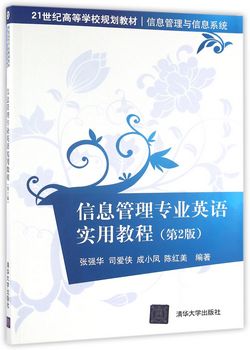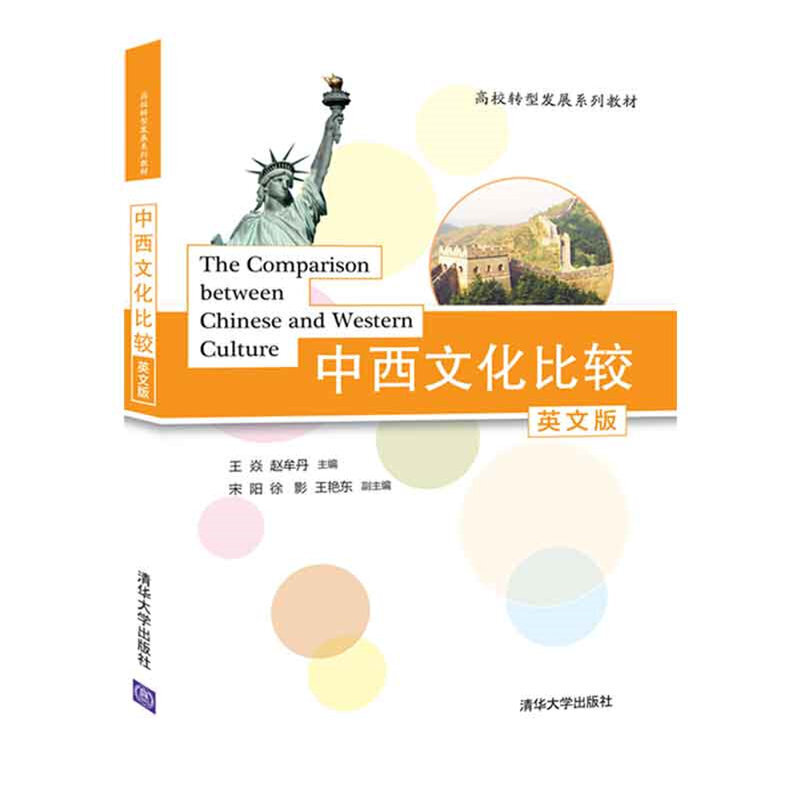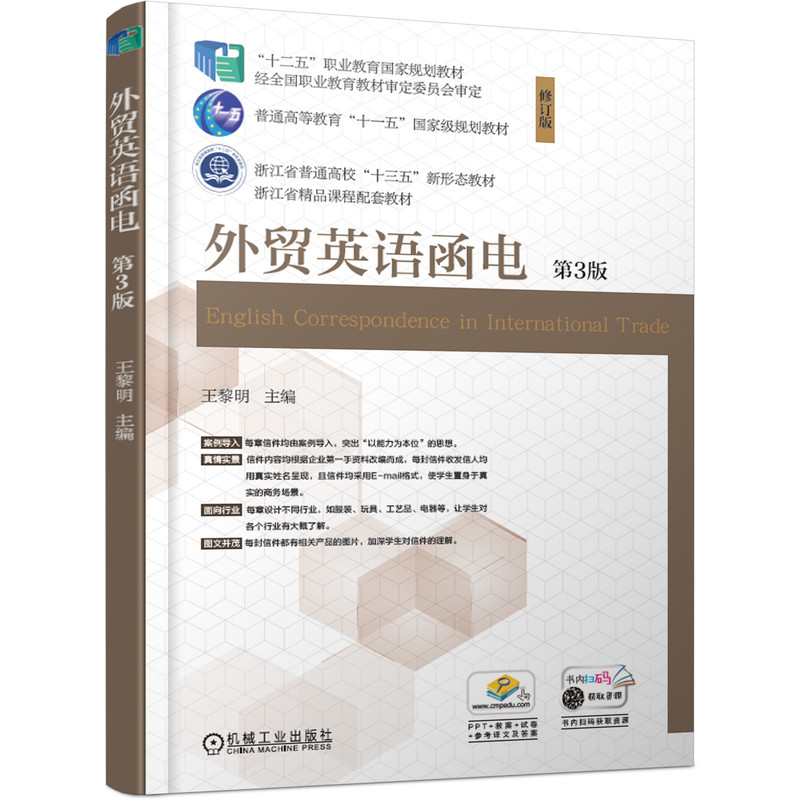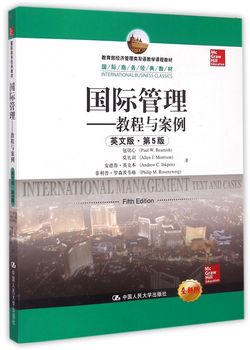现代英语教学论 / 英语专业系列教材
定价:¥78.00
作者: 李正栓,杨国燕等
出版时间:2018-09
出版社:清华大学出版社
- 清华大学出版社
- 9787302506713
- 1-1
- 229082
- 43190862-3
- 平装
- 2018-09
- 445
- H319.3
- 英语
- 本科
内容简介
本书基于《英语课程保准》(实验稿)和教育部提出的“中国学生发展核心素养”,旨在培养当前我国师范毕业生的教学意识、教学方法,启发他们的教学思路。本书共分为十八个章节,涉及中国英语教学的发展历程、交际原则、体验学习、任务型教学、自主学习、教案设计、多智能教学策略等内容。既适用于英语专业师范生和基础教育一线英语教师,又为备考英语教师资格证书的考生提供学习与参考。
目录
Chapter1TheNationalEnglishCurriculumandDevelopmentof
Learners’CoreQualities1
IntroductiontotheNationalEnglishCurriculum.1
ObjectivesStructureintheNationalEnglishCurriculum(2001)2
PerformanceStandardsforDifferentLevelsofCompetence4
TheImportanceofDevelopmentofCoreQualities5
BasicConnotationofLearners’CoreQualities5
MainPerformanceofDevelopmentofLearners’CoreQualities.7
Discussion.11
Chapter2AHistoricalOverviewofEnglishLanguageTeaching
MethodologyinChina.12
Grammar-TranslationMethodandDirectMethod13
OralApproachandAudio-LingualMethod19
NaturalApproach.23
CognitiveApproach25
OtherTeachingMethodsInfluencingEnglishLanguageTeaching
(ELT)inChina.27
Discussion.32
Chapter3CommunicativeApproach33
DevelopmentofCommunicativeApproach.33
TheoryofCommunicativeApproach35
CharacteristicsofCommunicativeApproach37
CaveatsofCommunicativeApproach39
ObjectivesofCommunicativeApproach.40
Teacher’sRoleinCommunicativeApproach.41
TechniquesofCommunicativeApproach42
DesigningCommunicativeActivities.43
ComparisonBetweenAudio-LingualMethodandCommunicative
Approach.43
ImpactofCommunicativeApproachonEnglishLanguageTeachingin
China45
ExcusesforAvoidingCommunicativeApproachinEnglishClasses47
Suggestions50
Discussion.52
Chapter4AlternativesofCommunicativeApproach53
WholeLanguageEducation.53
NeurolinguisticProgramming55
CooperativeandCollaborativeLearning58
Content-BasedInstruction65
Theme-BasedInstruction69
TheLexicalApproach.71
Discussion.74
Chapter5ExperientialLearning75
ImplicationsofExperientialLearning.76
RoleofExperienceinLearning.77
FoundationsofExperientialLearning.79
BasicModelofExperientialLearning.82
CharacteristicsofExperientialLearning.85
SettingsinExperientialLearning86
ReflectionandMotivationinExperientialLearning87
Discussion.95
Chapter6Task-BasedLanguageTeaching.96
DefiningTasks96
GoalsandOutcomesinTask-BasedInstruction100
FeaturesofTask-BasedLearning101
ThePracticeofTasksandSkills103
TypesofLearningActivities105
RolesofLearnerandTeacher109
StartingPointsforTasks.110
DefiningText-BasedTasks110
DesigningText-BasedTasks.112
PlanningaText-BasedTaskLesson116
Discussion.120
Chapter7InquiryLearning121
DefinitionofInquiryLearning.121
CharacteristicsofInquiryLearning.122
SignificanceandObjectivesofInquiryLearning123
StrategiesofInquiryLearning124
DevelopingStudents’QuestioningSkillsinInquiryLearning.131
ApplicationofInquiryLearning.132
AssessmentofInquiryLearning.136
Discussion.136
Chapter8InteractiveLanguageTeaching137
DefiningInteraction137
InteractivePrinciples.137
RolesoftheInteractiveTeacher138
DevelopingQuestioningTechniquesforInteractiveLearning.140
TwoMajorActivitiesThatCanMotivateInteraction144
Discussion.157
Chapter9InstructionalPlanning158
ImportanceofInstructionalPlanning.158
AttentiontoConceptMapsoftheLessonPlan159
FivePartsofaLessonorUnitPlan173
SomeIncompletePlans174
ThePrinciplesforaLessonPlan.175
ComponentofaLessonPlan.177
Discussion.178
Chapter10ClassroomManagement.179
RoutinesofaLesson.179
PatternsofClassroomInteraction182
Troubleshooting.189
DisciplineintheLanguageClassroom.191
UsingTeachingAids.192
CorrectionofMistakes.198
EvaluationofaTeacher’sLesson203
Self-evaluation.206
Discussion209
Chapter11QuestioningSkills211
TheImportanceofClassroomQuestions.211
WhatDoWeKnowAboutQuestioning?212
TheSevenHabitsofHighlyEffectiveQuestioners.213
TheSixLevelsoftheTaxonomyonQuestioning.219
TeacherFeedback.224
Discussion229
Chapter12TipsforSolvingClassroomProblems.230
PreventingProblemBehavior230
ReactingtoProblemBehavior.232
WhatIfStudentsAreAllatDifferentLevels?234
WhatIftheClassIsVeryBig?.236
WhatIfStudentsKeepUsingTheirOwnLanguage?237
WhatIfStudentsAreUncooperative?238
WhatIfStudentsDon’tWanttoTalk?.239
WhatIfSomeStudents-in-groupsFinishBeforeEverybodyElse?240
Discussion.241
Chapter13TeachingSkillsandClassroomActivities242
Tasks243
ClassroomActivities.247
UsingGamesinClassroom252
UsingPicturesinClassroom.256
TechniquesandSkillsofEnglishLanguageTeaching261
MoreSuggestionsonLanguageTeachingTechniques.276
CommunicativeActivities.280
Discussion282
Chapter14MultipleIntelligencesandEnglishLanguage
Teaching283
DefinitionofMultipleIntelligences.283
ClassificationofMultipleIntelligences283
TheoryofMultipleIntelligences.287
KeyPointsinApplyingMultipleIntelligences.291
viii
ODERNENGLISHTEACHINGTHEORYM现代英语教学论
OtherIntelligences292
StagesinTeachingwithIntelligences.292
MultipleIntelligenceToolBox293
LearningActivitiesforMultipleIntelligences.295
Exemplification296
Discussion.297
Chapter15LearnerAutonomyintheLanguageClassroom.298
DefiningAutonomy.298
PrinciplesforFosteringAutonomyintheLanguageClassroom.299
TheAutonomousLearner301
HowtoHelpLearnersinAutonomy302
LearningStylesandStrategies305
Teacher’sRole309
EffectiveWaysofPromotingGreaterLearnerIndependence
andAutonomy.310
Discussion311
Chapter16ActionResearch312
DefiningActionResearch312
CharacteristicsofActionResearch.316
AimsofActionResearch317
StepsinActionResearch319
HowtoChooseYourResearchTopic.320
MethodsandTechniquesforActionResearch322
GuidelinesforConductingActionResearch323
ComponentsoftheReport325
ActionResearchCaseStudy325
Discussion.327
Chapter17TechnologyandLanguageTeaching.328
WhytoUseTechnologyinLanguageTeaching.329
TechnologyintheLanguageClassroom.329
TheLanguageLaboratory331
Computer-AssistedLanguageLearning(CALL)333
TeachingwithVideo.337
Multimedia-AssistedLanguageTeaching338
ProblemsofUsingTechnologyinLanguageTeaching.341
Discussion.342
Chapter18AssessmentofLanguageProficiency.343
Test,Measurement,Evaluation,andAssessment.343
CriteriaforMeasuringaTest347
ClassificationofTests.349
PrinciplesofClassroomAssessmentandEvaluation.351
PrinciplesforDesigningEffectiveClassroomTests.352
PracticalStepstoTestConstruction.354
TypesofTestItems.356
AssessmentofStudents’LanguageProficiency358
ProcessesofCreatingAssessmentPortfolio364
Discussion.365
Bibliography365
AppendixIGlossary.371
AppendixIICoreQualitiesforChineseStudents’
Development.383
Learners’CoreQualities1
IntroductiontotheNationalEnglishCurriculum.1
ObjectivesStructureintheNationalEnglishCurriculum(2001)2
PerformanceStandardsforDifferentLevelsofCompetence4
TheImportanceofDevelopmentofCoreQualities5
BasicConnotationofLearners’CoreQualities5
MainPerformanceofDevelopmentofLearners’CoreQualities.7
Discussion.11
Chapter2AHistoricalOverviewofEnglishLanguageTeaching
MethodologyinChina.12
Grammar-TranslationMethodandDirectMethod13
OralApproachandAudio-LingualMethod19
NaturalApproach.23
CognitiveApproach25
OtherTeachingMethodsInfluencingEnglishLanguageTeaching
(ELT)inChina.27
Discussion.32
Chapter3CommunicativeApproach33
DevelopmentofCommunicativeApproach.33
TheoryofCommunicativeApproach35
CharacteristicsofCommunicativeApproach37
CaveatsofCommunicativeApproach39
ObjectivesofCommunicativeApproach.40
Teacher’sRoleinCommunicativeApproach.41
TechniquesofCommunicativeApproach42
DesigningCommunicativeActivities.43
ComparisonBetweenAudio-LingualMethodandCommunicative
Approach.43
ImpactofCommunicativeApproachonEnglishLanguageTeachingin
China45
ExcusesforAvoidingCommunicativeApproachinEnglishClasses47
Suggestions50
Discussion.52
Chapter4AlternativesofCommunicativeApproach53
WholeLanguageEducation.53
NeurolinguisticProgramming55
CooperativeandCollaborativeLearning58
Content-BasedInstruction65
Theme-BasedInstruction69
TheLexicalApproach.71
Discussion.74
Chapter5ExperientialLearning75
ImplicationsofExperientialLearning.76
RoleofExperienceinLearning.77
FoundationsofExperientialLearning.79
BasicModelofExperientialLearning.82
CharacteristicsofExperientialLearning.85
SettingsinExperientialLearning86
ReflectionandMotivationinExperientialLearning87
Discussion.95
Chapter6Task-BasedLanguageTeaching.96
DefiningTasks96
GoalsandOutcomesinTask-BasedInstruction100
FeaturesofTask-BasedLearning101
ThePracticeofTasksandSkills103
TypesofLearningActivities105
RolesofLearnerandTeacher109
StartingPointsforTasks.110
DefiningText-BasedTasks110
DesigningText-BasedTasks.112
PlanningaText-BasedTaskLesson116
Discussion.120
Chapter7InquiryLearning121
DefinitionofInquiryLearning.121
CharacteristicsofInquiryLearning.122
SignificanceandObjectivesofInquiryLearning123
StrategiesofInquiryLearning124
DevelopingStudents’QuestioningSkillsinInquiryLearning.131
ApplicationofInquiryLearning.132
AssessmentofInquiryLearning.136
Discussion.136
Chapter8InteractiveLanguageTeaching137
DefiningInteraction137
InteractivePrinciples.137
RolesoftheInteractiveTeacher138
DevelopingQuestioningTechniquesforInteractiveLearning.140
TwoMajorActivitiesThatCanMotivateInteraction144
Discussion.157
Chapter9InstructionalPlanning158
ImportanceofInstructionalPlanning.158
AttentiontoConceptMapsoftheLessonPlan159
FivePartsofaLessonorUnitPlan173
SomeIncompletePlans174
ThePrinciplesforaLessonPlan.175
ComponentofaLessonPlan.177
Discussion.178
Chapter10ClassroomManagement.179
RoutinesofaLesson.179
PatternsofClassroomInteraction182
Troubleshooting.189
DisciplineintheLanguageClassroom.191
UsingTeachingAids.192
CorrectionofMistakes.198
EvaluationofaTeacher’sLesson203
Self-evaluation.206
Discussion209
Chapter11QuestioningSkills211
TheImportanceofClassroomQuestions.211
WhatDoWeKnowAboutQuestioning?212
TheSevenHabitsofHighlyEffectiveQuestioners.213
TheSixLevelsoftheTaxonomyonQuestioning.219
TeacherFeedback.224
Discussion229
Chapter12TipsforSolvingClassroomProblems.230
PreventingProblemBehavior230
ReactingtoProblemBehavior.232
WhatIfStudentsAreAllatDifferentLevels?234
WhatIftheClassIsVeryBig?.236
WhatIfStudentsKeepUsingTheirOwnLanguage?237
WhatIfStudentsAreUncooperative?238
WhatIfStudentsDon’tWanttoTalk?.239
WhatIfSomeStudents-in-groupsFinishBeforeEverybodyElse?240
Discussion.241
Chapter13TeachingSkillsandClassroomActivities242
Tasks243
ClassroomActivities.247
UsingGamesinClassroom252
UsingPicturesinClassroom.256
TechniquesandSkillsofEnglishLanguageTeaching261
MoreSuggestionsonLanguageTeachingTechniques.276
CommunicativeActivities.280
Discussion282
Chapter14MultipleIntelligencesandEnglishLanguage
Teaching283
DefinitionofMultipleIntelligences.283
ClassificationofMultipleIntelligences283
TheoryofMultipleIntelligences.287
KeyPointsinApplyingMultipleIntelligences.291
viii
ODERNENGLISHTEACHINGTHEORYM现代英语教学论
OtherIntelligences292
StagesinTeachingwithIntelligences.292
MultipleIntelligenceToolBox293
LearningActivitiesforMultipleIntelligences.295
Exemplification296
Discussion.297
Chapter15LearnerAutonomyintheLanguageClassroom.298
DefiningAutonomy.298
PrinciplesforFosteringAutonomyintheLanguageClassroom.299
TheAutonomousLearner301
HowtoHelpLearnersinAutonomy302
LearningStylesandStrategies305
Teacher’sRole309
EffectiveWaysofPromotingGreaterLearnerIndependence
andAutonomy.310
Discussion311
Chapter16ActionResearch312
DefiningActionResearch312
CharacteristicsofActionResearch.316
AimsofActionResearch317
StepsinActionResearch319
HowtoChooseYourResearchTopic.320
MethodsandTechniquesforActionResearch322
GuidelinesforConductingActionResearch323
ComponentsoftheReport325
ActionResearchCaseStudy325
Discussion.327
Chapter17TechnologyandLanguageTeaching.328
WhytoUseTechnologyinLanguageTeaching.329
TechnologyintheLanguageClassroom.329
TheLanguageLaboratory331
Computer-AssistedLanguageLearning(CALL)333
TeachingwithVideo.337
Multimedia-AssistedLanguageTeaching338
ProblemsofUsingTechnologyinLanguageTeaching.341
Discussion.342
Chapter18AssessmentofLanguageProficiency.343
Test,Measurement,Evaluation,andAssessment.343
CriteriaforMeasuringaTest347
ClassificationofTests.349
PrinciplesofClassroomAssessmentandEvaluation.351
PrinciplesforDesigningEffectiveClassroomTests.352
PracticalStepstoTestConstruction.354
TypesofTestItems.356
AssessmentofStudents’LanguageProficiency358
ProcessesofCreatingAssessmentPortfolio364
Discussion.365
Bibliography365
AppendixIGlossary.371
AppendixIICoreQualitiesforChineseStudents’
Development.383










